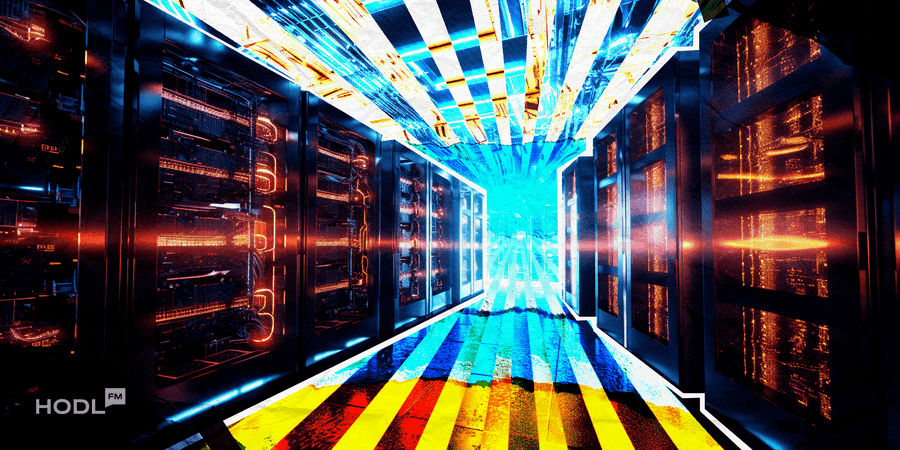Cryptocurrencies and AI are two of the most influential breakthrough stories in recent history. This may sound cliche, but they have the potential to change the world. What is even better is that both technologies are still in their infancy, meaning we can expect more buzz around them in the future.
But like all good things, there are downsides to crypto and AI too. Nope, not that “AI will control us,” or “Crypto will crash to zero,” types of conspiracies, but there is an actual, provable, and even worse, growing problem associated with both of them.
Read More on AI:
- Brainoware: The Marriage of Human Brain Cells and AI
- Researchers: Employees Shouldn’t Worry about Losing their Jobs due to AI
It takes power to keep the engines of crypto and AI running, you see, and apparently, the consumption levels show an upward trajectory, with crypto energy use expected to grow by 30% and AI making an enormous jump of 1000% in the next 3 years. The data is from the “Electricity 2024” report by the International Energy Agency.
There was already a lot of backlash over the environmental impact of crypto and AI-based tech, like large language models that require huge data centers. All those data centers add up to the greenhouse gas emissions related to their electricity use. It is clear that this is not sustainable and there is an increasing need for more renewable energy to even out the pollution electricity demand from AI data centers as well as crypto mining.
Here is the thing, the BTC is responsible for nearly all electricity consumption related to crypto mining, and the halving is approaching. Bitcoin consumed 120 TWh in 2023, out of a total of 130 TWh used in all cryptocurrency mining. Halving will make mining new bitcoin much harder. More computational power will be needed to mine BTC as the rewards will be halved.
As a side note, the United States has both the highest number of data centers and the highest percentage of crypto mining happening, with 33% of the data centers across the globe located in the US.

With that all being said, “Power generation is currently the largest source of carbon dioxide (CO2) emissions in the world, but it is also the sector leading the transition to net zero emissions,” according to the IEA’s 2024 report. So, the crypto and AI industries can, potentially, initiate a broader shift toward cleaner energy. Rather than viewing the energy requirements of crypto and AI as a drawback, their innovation potential can be viewed as a catalyst for accelerating the transition to a more sustainable future.
It is true that the rise in energy use for crypto and AI is a big challenge, but it’s also a chance to improve the situation. While all this is happening, the renewable energy sector is also growing.
As blockchain and AI technologies develop, their contribution to other industries will have a positive impact in terms of lowering CO2 emissions. After all, private jet trips of Hollywood stars contribute to the CO2 emissions and bring no innovations whatsoever. Why take technology for granted?
Disclaimer: All materials on this site are for informational purposes only. None of the material should be interpreted as investment advice. Please note that despite the nature of much of the material created and hosted on this website, HODL FM is not a financial reference resource and the opinions of authors and other contributors are their own and should not be taken as financial advice. If you require advice of this sort, HODL FM strongly recommends contacting a qualified industry professional.






